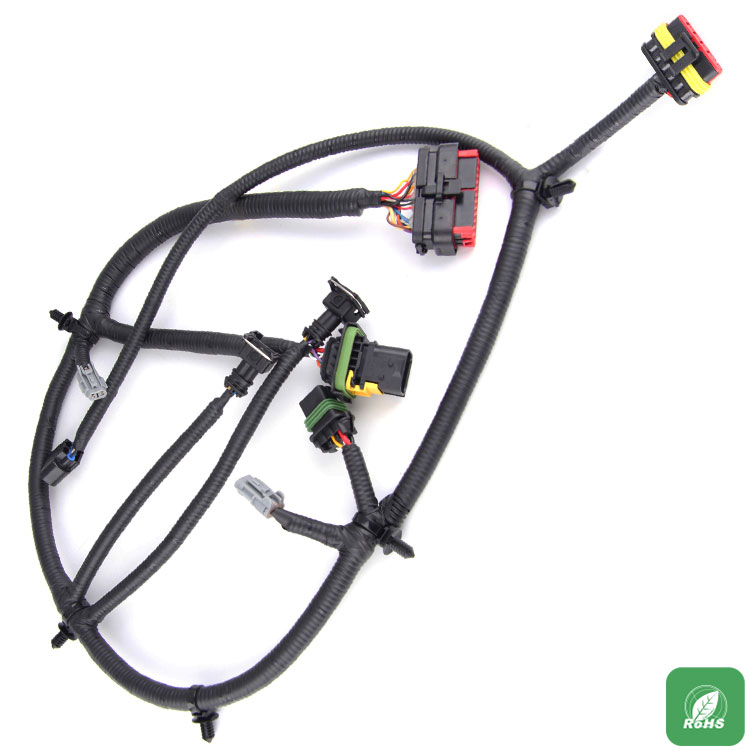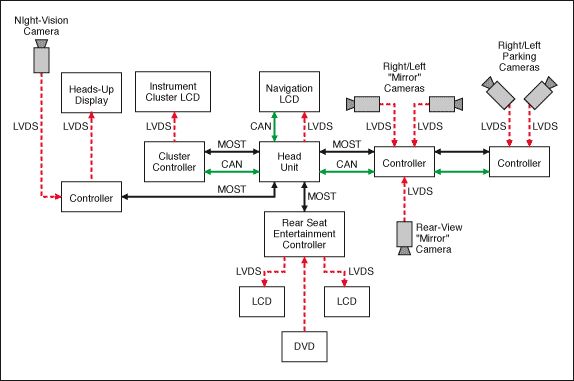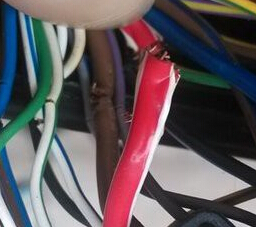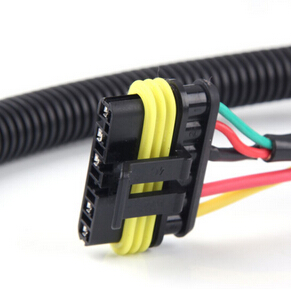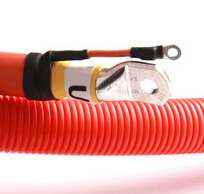First, what is the car wiring harness?
The car wiring harness is the main body of the car circuit, and there is no car circuit without the wire harness. At present, whether it is a luxury car or an economical ordinary car, the form of wire harness is basically the same, consisting of wires, connectors and wrapping tape.
Second, what are the systems for manufacturing automotive wiring harnesses?
1. Divided by Europe and the United States, including China: The TS16949 system is used to control the manufacturing process.
2, mainly in Japan: such as Toyota, Honda they have their own system to control the manufacturing process.
With the increase of the functions of automobiles, the universal application of electronic control technology, more and more electrical components, more and more wires, the thicker and heavier the wire harness becomes. Therefore, advanced cars have introduced CAN bus configuration and adopted a multi-channel transmission system. Compared with traditional harnesses, multiplexers greatly reduce the number of wires and connectors, making wiring easier.
Third, what are the common specifications for automotive wiring harnesses?
Wires in automotive wiring harnesses are commonly used with wires with a nominal cross-sectional area of 0.5, 0.75, 1.0, 1.5, 2.0, 2.5, 4.0, 6.0, etc., each of which has an allowable load current value for use with different power consumers. Wire.
4. What are the materials for the automotive wiring harness?

The requirements for materials in automotive wiring harnesses are also very strict. Including its electrical performance, material sporadic, temperature resistance, etc., are higher than the general wire harness requirements, especially related to safety: wire harnesses such as directional control systems, brakes and other important components, the requirements are more stringent.
5. What is the function of the car wiring harness?
The car wiring harness is functionally divided into a power line that carries electric power for driving an actuator (actuator) and a signal line that transmits a sensor input command.
The power line is a thick wire that carries a large current, and the signal line is a thin wire (optical fiber communication) that does not carry power; for example, a signal circuit has a wire cross-sectional area of 0.3, 0.5 mm2.
The cross-sectional area of the wire for the motor and the actuator is 0.85 and 1.25 mm2, and the cross-sectional area of the power supply circuit is 2, 3, and 5 mm2; and the special circuit (starter, alternator, engine grounding wire, etc.) has 8. 10, 15, 20mm2 different specifications.
The larger the cross-sectional area of the wire, the larger the current capacity. The choice of wires, in addition to considering the electrical performance, is also subject to the physical properties of the vehicle, so the choice is very wide. For example, frequent on/off doors on a taxi and wires across the body should be made up of wires with good flexing properties. Wires used in places where the temperature is high are generally made of vinyl chloride or polyethylene coated with good insulation and heat resistance. In recent years, electromagnetic shielding lines used in weak signal circuits have also been increasing.
With the increase of the functions of automobiles, the universal application of electronic control technology, more and more electrical components, more and more wires, the number of circuits and power consumption on the car increases, and the wire harness becomes thicker and heavier. This is a big problem that needs to be solved. How to make a large number of wire harnesses more effectively and reasonably arranged in a limited car space, so that the automobile wire harness can play a greater function, which will become a new technology research and innovation of automobile wire harness manufacturers in the future. trend.
















 RCCN WeChat QrCode
RCCN WeChat QrCode Mobile WebSite
Mobile WebSite